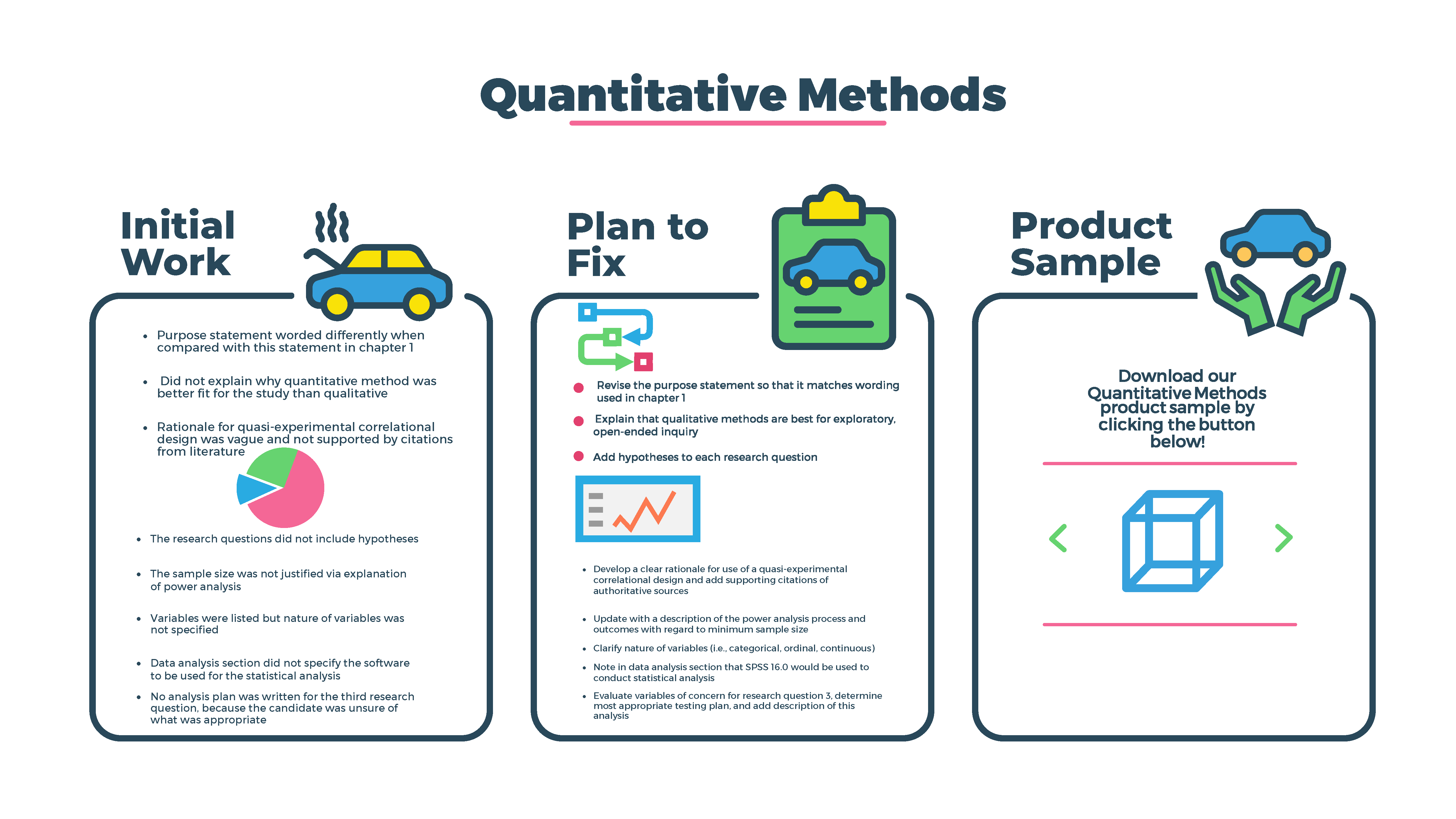

Pre-testing should be conducted from a comparable study population and environment. Pre-testing allows the research team to check whether the research instructions and questions are clear, context specific, and that adequate time has been allowed to administer the questionnaire, etc. Pre-testingĪll study instruments (quantitative and qualitative) should be pre-tested to check the validity and reliability of data collection tools. Table 10 describes situations when various qualitative data collection techniques can be used. The researcher may then add a related question to subsequent in-depth interviews to see how prevalent this phenomenon is in the study population. For example, perhaps in one in-depth interview, the researcher learns that people do not attend the lymphatic filariasis mass drug administration because they use traditional medicines and therefore feel that they are already under treatment. This allows the researcher to test and validate findings as they collect the data. Unlike quantitative data collection, qualitative data collection can be more flexible allowing the research to incorporate emerging themes in the ongoing data collection. The following table may be helpful to you as you decide which qualitative tools and techniques are most appropriate for your IR project ( Table 9). The results of qualitative research are descriptive or explanatory rather than predictive, and are typically time-consuming to collect and analyse. Qualitative methods use data collection methodologies such as interviewing, observation, discussions and review of documents (e.g. By nature, qualitative data collection is emergent and the design is intentionally flexible to enable the researcher investigate themes (findings) in more detail as they emerge. Obtaining information on the same phenomena in a variety of ways allows the researcher to triangulate the data, adding rigour to the research. When collecting qualitative data, it is preferable to use more than one data collection method. For example, why do some households have bed nets but do not use them? Or, why do individuals in a study area decline services from a specialized antenatal clinic? Qualitative methods can provide context, a deeper understanding of stakeholders’ needs and participants’ perspectives. For example, qualitative research may be appropriate because you intend to explore the values and behaviours of individuals in the study area in relation to a public health intervention, and to understand how these affect the phenomena in question. If your research team decides to use qualitative methods in your study, you will need to describe how qualitative methods will provide the information to help you address your research objectives and research question(s). It may also be used to explain the results of a previous quantitative study or to prepare for the development of a quantitative study.

This kind of research is important for generating theory, developing policy, improving educational practice, justifying change for a particular practice, and illuminating social issues. Researchers using qualitative methods are concerned with individuals’ perceptions of specific topics, issues or situations and the meanings they assign to their lives. Qualitative research is generally used to explore values, attitudes, opinions, feelings and behaviours of individuals and understand how these affect the individuals in question. Qualitative research techniques and tools Table 8 provides an overview of quantitative data collection strategies. questionnaires) are standardized to minimize or control possible bias. The research process, interventions and data collection tools (e.g. The research design is determined prior to the start of data collection and is not flexible. Quantitative methods involve the collection and analysis of objective data, often in numerical form.


This section describes the tools and techniques that are used in quantitative and qualitative methods. Research tools and techniques Introduction


 0 kommentar(er)
0 kommentar(er)
